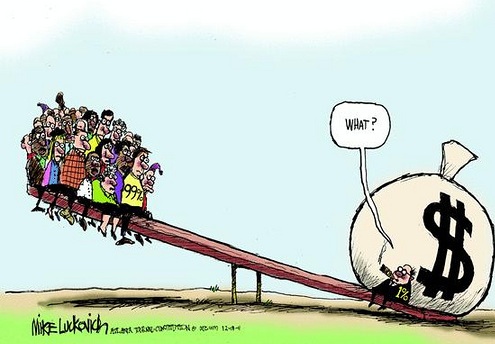The idea that the growth process could be initiated with balanced capital investments in several sectors at the same time was strongly criticized by, among others, Alert Hirschman (Hirschman 1958). He claimed that, on the contrary, there was a need to maintain and accentuate imbalances and disequilibria is backward economies, because there were other barriers to growth than the limited market and the lack of capital investments. Hirschman emphasized, with inspiration from Schumpeter, that the developing countries greatest problem was rather the lack of entrepreneurship and management capacity. Hirschman stressed his point by saying that if a country were ready to apply the doctrine of unbalanced growth, then it would not be underdeveloped in the first place'.
Rather than strive for a balanced approach where the resources would be thinly spread over several sectors and managed badly, the developing countries should according to Hirschman, aim at selected key sectors which had many links backwards and forwards in the economy, and therefore could pull other parts of the economy along with it.
The debate between the followers of the two above-mentioned models of growth continued up through the 1950s and 1960s. Today, however, the focus of attention has shifted from the original dichotomy to considerations concerning the circumstances in which one or the other approach appears to be the more appropriate.
Evaluated retrospectively, it is interesting to note that both models of growth operated with imbalances with regard to income distribution. It was well known as early as the 1950s that the income distribution in developing countries was generally extremely unequal, but this was not a subject that preoccupied this period's growth theorists.
Nurkse was worried that the rich would use their savings mainly on imported luxury goods, but it did not lead him to recommend, as in the case of Myrdall, redistribution in favour of the poor, because Nurkse did not believe that the poor had the necessary ability or opportunity to save. in this regard he was in line with the predominant conception of this early period that increased savings had to come from the rich in the backward countries.
In terms of strategy, therefore, it was deemed legitimate to concentrate on income growth for the rich, who would then increase their savings and thereby create continued growth. After a while this growth, it was implicitly claimed, would trickle down to the poor in such a way that in the end everybody would be better off.
Simon Kuznets was one of the few who stated in more explicit terms his opinion on this subject . He claimed that economic growth under average circumstances would lead to increased inequality in the beginning, but that this tendency would flatten out and to some extent turn to steadily increasing equality in income distribution. More specifically, Kuznets came to the conclusion that the incomes of the poorest 40 percent of the population would normally grow more slowly than the average until income per person reached a range of US$700 to US$900. Beyond this range, the incomes of poorer groups would tend to grow faster than the average.
Several development researchers have tried, since Kuznets stated his provocative hypotheses, either to substantiate it with further data or to reject it. The Indian economists V.M. Dandekar and N. Rath have undertaken particular thoroubh studies of the problem (Dandaker and RAth, 1971). They concluded, based on evidence from India, that a higher rate of growth was better than a lower rate of growth for all social groups, rich as well as poor — with the exception of the poorest ten per cent, who did not get any benefit at all from the economic growth in the various states of India.











0 Comments